All’s well that ends well, the saying goes, and while this is a healthy attitude in life, it does lead to process blindness. Every activity of life or craft has a method hidden within the randomness. Understanding that method, that process, and studying it is a key to learning more about the craft. It also helps in figuring out how the end can be assured to be well, even if things go wrong along the way.
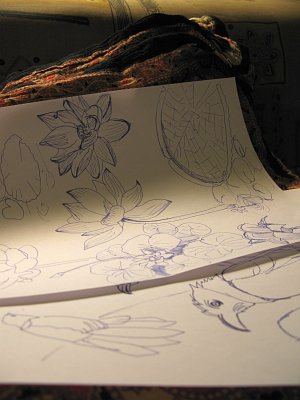 Design process and methodology is not as well-explored as anyone would like. The diligent designer tries to maintain a record of this process, and the intermediate steps that lead to a finished work, but such information is often lost in the growing need to organise and minimise in a busy life. The design student wishes more designers would share, so that they might gain an insight into the magic trick that is design. That ideal of clients who understands design, would like to see the method to a designer’s madness so as to evaluate their true competence and their thought process, which might or might not make them the perfect creative fit for a project.
Design process and methodology is not as well-explored as anyone would like. The diligent designer tries to maintain a record of this process, and the intermediate steps that lead to a finished work, but such information is often lost in the growing need to organise and minimise in a busy life. The design student wishes more designers would share, so that they might gain an insight into the magic trick that is design. That ideal of clients who understands design, would like to see the method to a designer’s madness so as to evaluate their true competence and their thought process, which might or might not make them the perfect creative fit for a project.
These are vital reasons for the design process to be more commonly shared, and yet it happens rarely. Often it is because of one of these reasons:
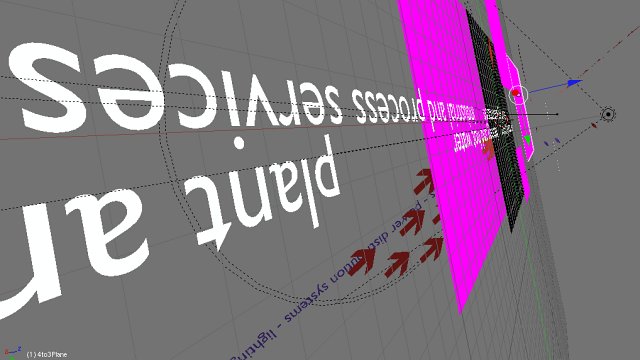
Fear
Many practitioners of any craft are insecure about their abilities and their ownership of ideas. There is also the related fear of losing valuable ideas to unscrupulous peers. Both these fears keep revelations of the design process away from the public eye. In some cases, these are valid concerns, if naive ones.
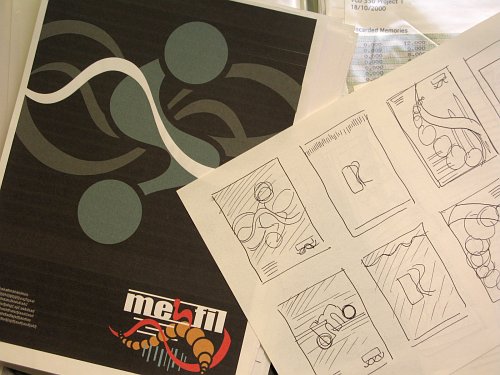
Snobbery
Crafts inherently encourage some snobbery among their practitioners. There is the need to maintain a mystery about the mechanics of the thing, and also about the people involved. The need to seem more sure and decisive than anyone can truly be also exists, and so process and elimination is hidden, with only hints and flourishes added as background décor and mood imagery in books and other material on design.
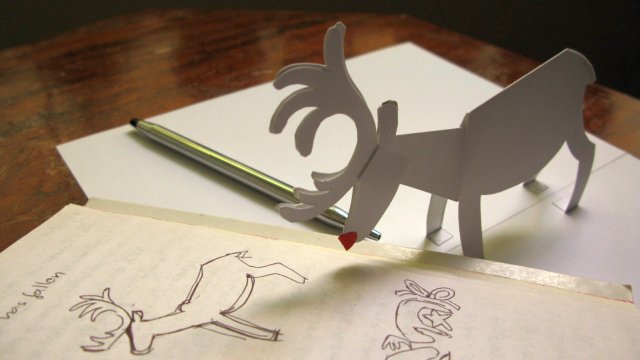
Time
The most common reason for a lack of material about the design process is simply the lack of time. Busy designers have less time to get busy collecting, collating and presenting their sketches, their notes and their thought process on a project. Once it’s done, it’s often a rush to move on to the next thing, and then the next without looking back. This explains why so many design portfolios remain untouched and ignored for so long between updates.

In spite of these challenges, the serious designer must pay attention to this recording and sharing of the design process, for the sake of their peers, for their ideally discerning clients, and for themselves. Some perils of being an active and multi-disciplinary designer are those of limited bandwidth and limited memory. No matter how interested and deeply involved you are in your work, time and new projects make it essential to forget. You forget all the nuances of thought and decision that you took to come to your final results, and often these subtleties are priceless gold not just for the observer, but also for you, for your own similar design decisions in the future.
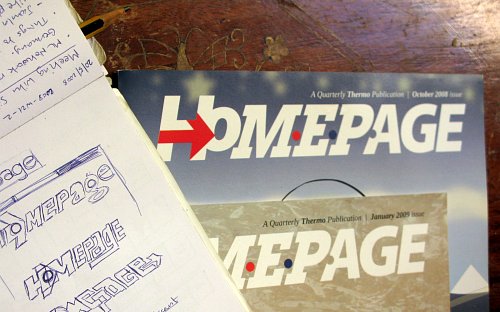
So process is important, and recording it for future reference is essential at whatever level you are comfortable with. Your candour in sharing these things will only prove your competence and confidence in the field, and you will teach things, and learn things, and be a better designer for it. This blog is an ode to the design process. Everything comes from somewhere, and there are often interesting paths taken before the designed ends are reached. Welcome to Origin of Life.
